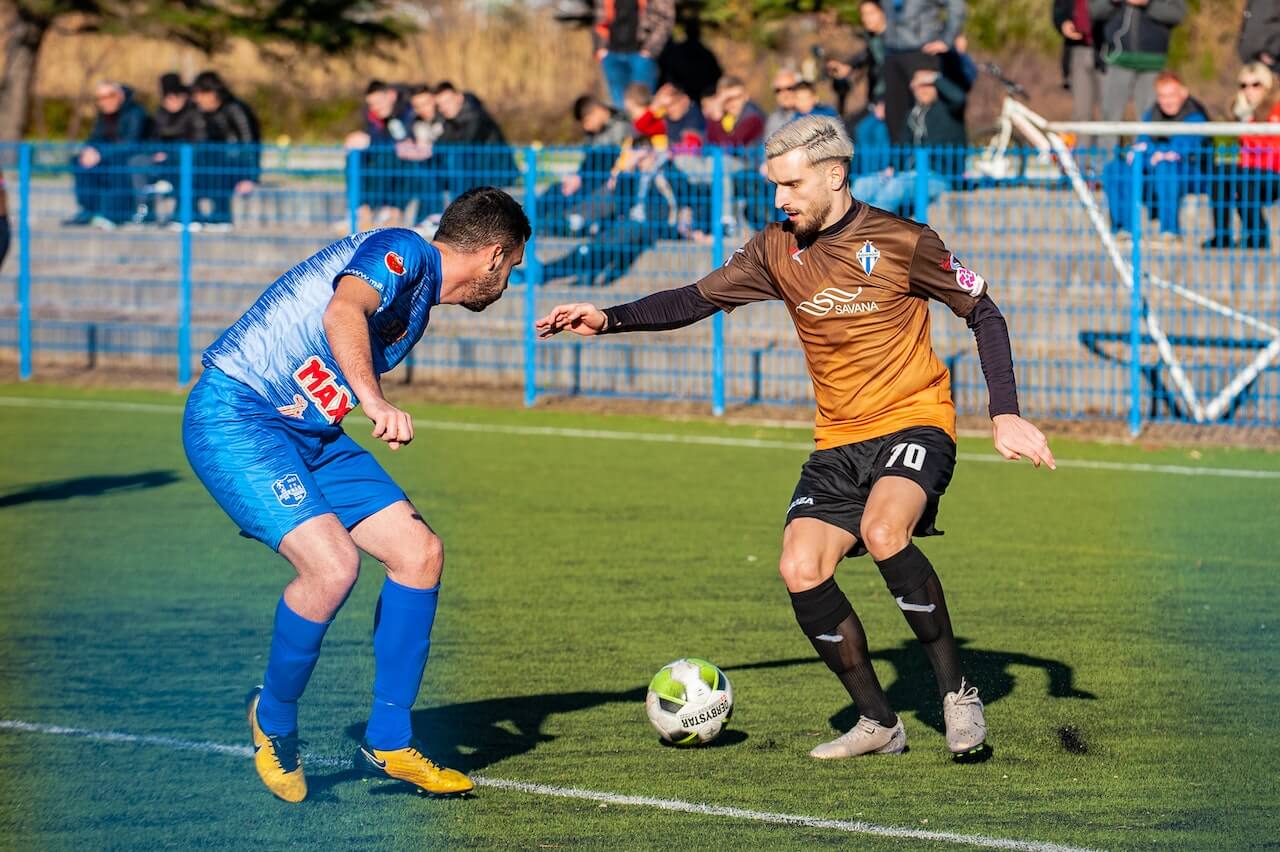Soccer is a sport that requires a lot of strategy and teamwork. One of the most important aspects of the game is defensive positioning. A team’s ability to defend effectively can be the difference between winning and losing.
Defensive positioning in soccer involves a number of different tactics and techniques. One of the most basic is simply keeping the ball in front of you and preventing the other team from getting behind you. This requires careful coordination between the defenders and the goalkeeper, as well as a good understanding of the opposing team’s offensive strategy.
Another important aspect of defensive positioning is maintaining a compact shape. This means that the defenders stay close together and cover each other’s positions, making it difficult for the opposing team to find gaps in the defense. This requires good communication and teamwork, as well as a willingness to work hard and stay disciplined throughout the game.
Importance of Defensive Positioning
Defensive positioning is a crucial aspect of soccer that can make or break a team’s performance. It involves the proper placement of players on the field to prevent the opposing team from scoring goals. Good defensive positioning can help a team win matches, while poor positioning can lead to devastating losses.
One of the key benefits of good defensive positioning is that it reduces the number of scoring opportunities for the opposing team. By positioning defenders in strategic areas of the field, a team can limit the amount of space that the opposition has to work with. This makes it more difficult for the opposing team to create chances and score goals.
Another benefit of good defensive positioning is that it allows a team to maintain possession of the ball for longer periods of time. By positioning defenders in areas where they can intercept passes and win back possession, a team can control the flow of the game and create more opportunities to score.
Overall, defensive positioning is an essential component of soccer that every player should master. By understanding the importance of proper positioning and working together as a team, players can improve their defensive skills and help their team achieve success on the field.
Key Principles of Defensive Positioning
Defensive positioning in soccer is a crucial aspect of the game. It involves the coordination of the entire team to prevent the opposing team from scoring goals. Here are some key principles of defensive positioning:
- Compactness: The team should maintain a compact shape when defending, with players positioned close to each other. This makes it difficult for the opposing team to find gaps in the defense.
- Pressure on the ball: When the opposing team has possession of the ball, the defending team should put pressure on the ball carrier to force them into making mistakes.
- Cover and balance: The defending team should have players positioned to cover each other in case one player is beaten by the opposition. This ensures that there is always a player in position to defend.
- Communication: Effective communication is essential in defensive positioning. Players should constantly communicate with each other to ensure that everyone is aware of their responsibilities and the movements of the opposition.
- Patience: Defending can be frustrating, but it is important for the team to remain patient and not dive into tackles or leave gaps in the defense. A well-organized defense can frustrate the opposition and force them into making mistakes.
These principles are not exhaustive, but they provide a solid foundation for effective defensive positioning in soccer. By working together and following these principles, a team can form a strong defense that is difficult to penetrate.
Defensive Positioning Drills
Effective defensive positioning is essential for any soccer team. It helps players maintain their shape and prevent the opposition from creating scoring opportunities. Here are a few drills that coaches can use to help their players improve their defensive positioning:
- 4v4 Possession Game: This drill is designed to help players maintain their shape and stay compact. Players are divided into two teams of four and play in a small area. The team in possession must try to keep the ball away from the other team, while the defending team tries to win the ball back. The drill helps players understand the importance of maintaining their shape and staying compact.
- Shadow Play: This drill is designed to help players understand the importance of tracking runners and staying goal-side. One player acts as the attacker and tries to get past the defender, while the defender tries to stay goal-side and prevent the attacker from getting past. The drill helps players understand the importance of tracking runners and staying goal-side.
- Full-Field Scrimmage: This drill is designed to help players understand the importance of communication and teamwork. Players are divided into two teams and play a full-field scrimmage. Coaches can use this drill to observe how well players communicate and work together to maintain their defensive shape.
By incorporating these drills into their training sessions, coaches can help their players improve their defensive positioning and become more effective at preventing the opposition from creating scoring opportunities.
Common Mistakes in Defensive Positioning
Defensive positioning in soccer is a crucial aspect of the game, as it can make the difference between winning and losing. However, even the most experienced defenders can make mistakes in their positioning, which can lead to conceding goals. In this section, we will discuss some of the most common mistakes in defensive positioning and how to avoid them.
1. Ball watching: One of the most common mistakes defenders make is ball watching. This happens when a defender focuses solely on the ball and loses track of their opponent’s movement. This can lead to the defender being caught out of position, leaving gaps in the defense for the opposition to exploit. To avoid this, defenders should keep their eyes on their opponent and be aware of their movement, while also keeping an eye on the ball.
2. Poor communication: Communication is key in defensive positioning. Defenders should constantly communicate with each other to ensure that they are in the right positions and that there are no gaps in the defense. Poor communication can lead to confusion and mistakes, which can be exploited by the opposition. To avoid this, defenders should communicate clearly and effectively with each other.
3. Overcommitting: Another common mistake in defensive positioning is overcommitting. This happens when a defender goes in for a tackle or interception and misses, leaving the opposition with space to exploit. To avoid this, defenders should stay on their feet and be patient, waiting for the right moment to make their move.
4. Poor body shape: Body shape is important in defensive positioning. Defenders should position themselves in a way that makes it difficult for the opposition to get past them. Poor body shape can lead to defenders being easily bypassed, leaving the defense exposed. To avoid this, defenders should position themselves in a way that allows them to quickly react to any movements from the opposition.
By avoiding these common mistakes, defenders can improve their defensive positioning and help their team to win more games. Remember to keep your eyes on your opponent, communicate effectively, stay patient, and position yourself correctly to avoid any gaps in the defense.
Conclusion
Defensive positioning is a crucial aspect of soccer. It involves players being in the right place at the right time to prevent the opposition from scoring goals. In this article, we’ve covered the importance of defensive positioning, the different types of defensive formations, and the role of each position on the field.
It’s important to note that defensive positioning is not just the responsibility of the defenders. Every player on the field needs to be aware of their defensive duties and be ready to help out when needed. This means that midfielders and forwards also need to be able to track back and defend when the team loses possession.
One of the most important things to remember when it comes to defensive positioning is communication. Players need to communicate with each other constantly to ensure that everyone is on the same page and that there are no gaps in the defense. This can be done through verbal communication, hand signals, or even just eye contact.
Overall, defensive positioning is a team effort that requires discipline, focus, and communication. By implementing the strategies and techniques outlined in this article, your team can improve its defensive performance and reduce the number of goals conceded.







